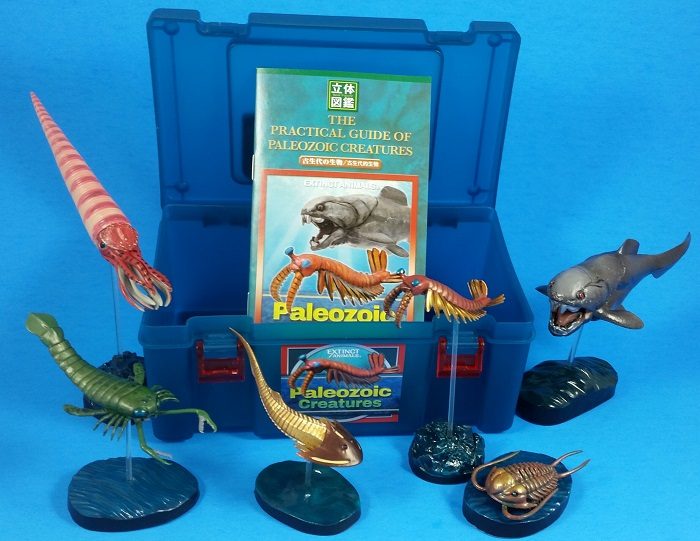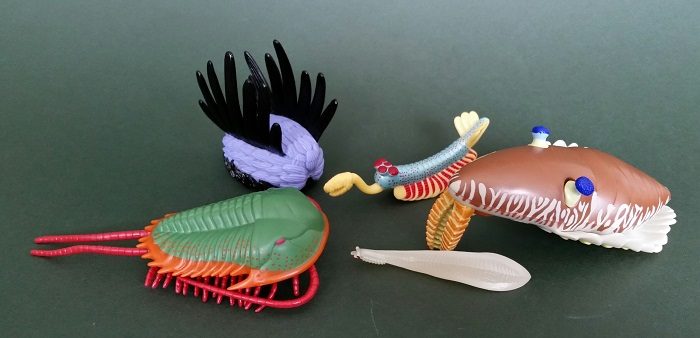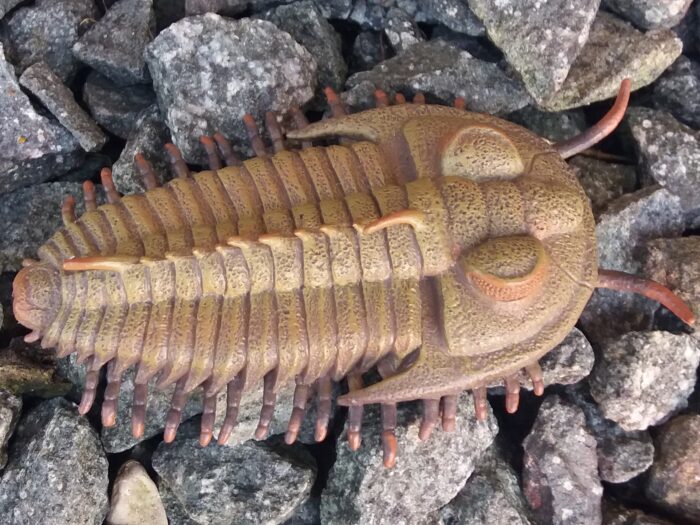Review: Meganeura (Dinotales Series 4 by Kaiyodo)

Meganeura monyi was a gigantic insect belonging to the extinct Protodonata and superficially resembling a dragonfly. Its remains come from the Stephanian (late Carboniferous) of France and England and are approximately 300 million years old.














